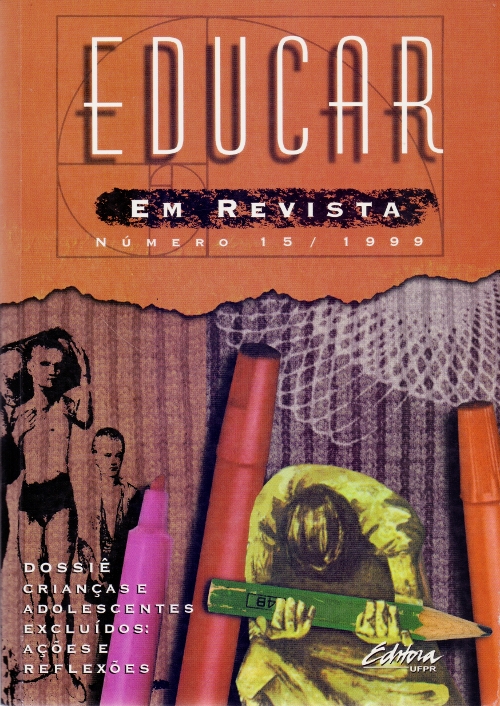Da adolescência em perigo à adolescência perigosa
Palavras-chave:
adolescência, delinqüência, (psico)pedagogia, adolescence, delinquence, (psycho)pedagogy.Resumo
Este artigo trata da relação intrínseca entre a definição de adolescência e a idéia de delinqüência juvenil pré-existente, tomada de empréstimo da filantropia e dos tratados jurídicos do século XIX, a partir da qual delineou-se a figura do adolescente ideal. Resulta da análise de livros e textos da (psico)pedagogia produzidos entre a primeira década do século XX até os anos setenta , os quais, por meio de um discurso próprio, traçaram definições e problemáticas, caracterizando cientificamente o surgimento de uma nova subjetividade, a adolescência. Essa pesquisa demonstra ainda alguns deslocamentos posteriores da definição de adolescência como o rebelde sem causa e o jovem revolucionário e que, ainda com a criação desses novos personagens, a imagem do adolescente transgressor permaneceu vigente no imaginário social, definindo e determinando os destinos deste sujeito.
Abstract
This paper deals with the intrinsic relationship between adoslence definition and juveline delinquence, based upon philanthropy, and Judicial Treaties from the XIX century, from where the ideal adolescent was borrowed . It results from an analysis of (Psycho) Pedagogy books and texts from the first decades of the XX century until the seventies which by using their jargons, designed definitions which led to problematic situations, and so scientifically identified a new ADOLESCENCE. This paper explains why there are late phases of adolescence as the rebel without a cause and the revolutionary young man and consequently new characters are created, and the image of the criminal juveline remained in the social imaginary,thus defining and procastinating his/her fate.
Como Citar
Edição
Seção
Licença
Todo o conteúdo do periódico está licenciado sob uma Licença Creative Commons do tipo atribuição BY.
Os Direitos Autorais para artigos publicados na Educar em Revista são do autor, com direitos de primeira publicação para a revista. A revista é de acesso público (Open Access), sendo seus artigos de uso gratuito, com atribuições próprias, em aplicações educacionais e não-comerciais.



